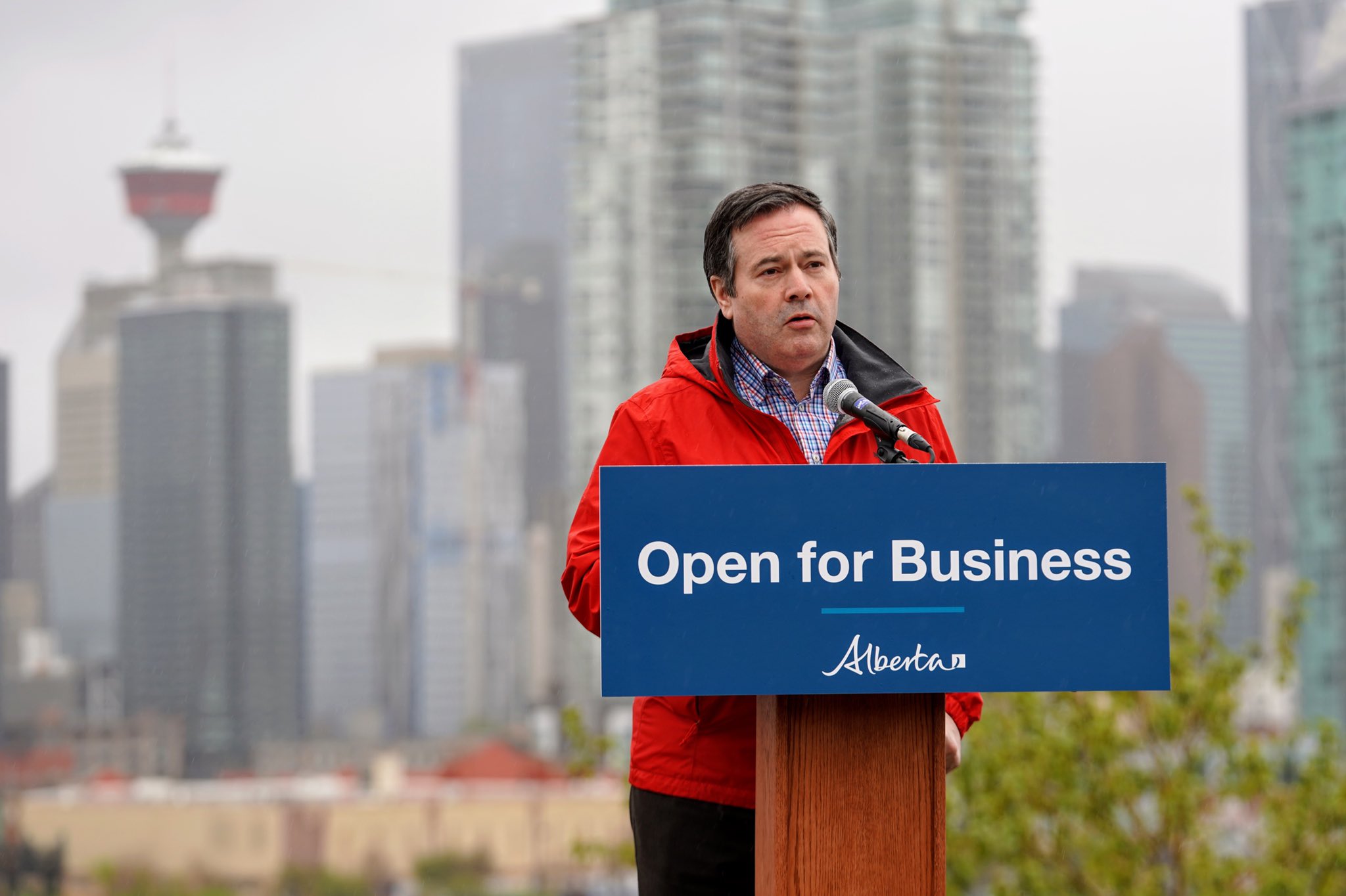Kenney government tables another bad news budget—but don’t just blame COVID

The Kenney government on Thursday tabled its 2021 budget, which forecasts sizable deficits over the next three years and a staggering $102.1 billion in net provincial government debt by 2023/24. While the budget reflects the ongoing impact of COVID-19, Albertans should remember that the province’s fiscal problems go much deeper than the COVID recession.
First, let’s review Budget 2021.
The budget projects a $18.2 billion budget deficit in 2021/22, reflecting lower government revenue and higher spending driven by the pandemic and related recession. This follows the $20.2 billion deficit recorded in 2020/21. As a result, Alberta’s net debt (total debt minus financial assets) will reach a projected $82.2 billion (2021/22)—that’s $18,467 per Albertan.
Of course, Albertans must pay interest on this debt. Debt interest payments will reach a projected $2.8 billion this fiscal year (2021/22). That’s money unavailable for important priorities such as health care, education or tax relief.
Clearly, Alberta’s finances are in bad shape. But don’t blame it all on COVID. The province’s finances have been deteriorating for more than a decade.
Consider this. In 2007/08, Alberta held $35.0 billion more in financial assets than it carried in debt. This earned the province its coveted “debt-free” status in Canada. Since then, Alberta ran budget deficits nearly every year. The province officially lost its debt-free status in 2016/17 and deficits have ranged from $6.7 billion to $12.2 billion since then (up to 2019/20). In other words, Alberta was rapidly racking up debt well before COVID.
According to Budget 2020 (pre-COVID), Alberta’s net provincial government debt (total debt minus financial assets) was projected to reach $47.1 billion in 2021/22. Put differently, projected net debt “pre-COVID” represents nearly 60 per cent of Alberta’s projected net debt in Budget 2021.
And projected debt-interest payments were already forecast to cost Albertans $2.8 billion in 2021/22 before the impact of COVID-19.
So if COVID’s not the main cause of Alberta’s fiscal woes, what is?
One word—spending. Over the past two decades, successive provincial governments increased spending, specifically program spending, which refers to spending excluding interest costs. The spending increases were frequently greater than inflation and the growth in the province’s population, meaning that real (inflation-adjusted) per-person spending routinely increased. For example, in 2006/07, real per-person spending was $11,246 compared to $13,198 in 2019/20.
Critically, these spending increases more often than not also outpaced increases in provincial revenues, meaning that increased spending was being financed by borrowing, which is simply the deferral of taxes to the future.
Such context is crucial. If policymakers blame the deterioration of Alberta’s government finances entirely on the pandemic and recession, the government may fail to take sufficient corrective action to repair Alberta’s finances, which could eventually lead to a full-fledged fiscal crisis.
This budget is more bad news for Albertans. While it’s tempting to blame COVID-19, it’s important to remember the pandemic only worsened Alberta’s fiscal problems, it didn’t create them.
Author:
Subscribe to the Fraser Institute
Get the latest news from the Fraser Institute on the latest research studies, news and events.

